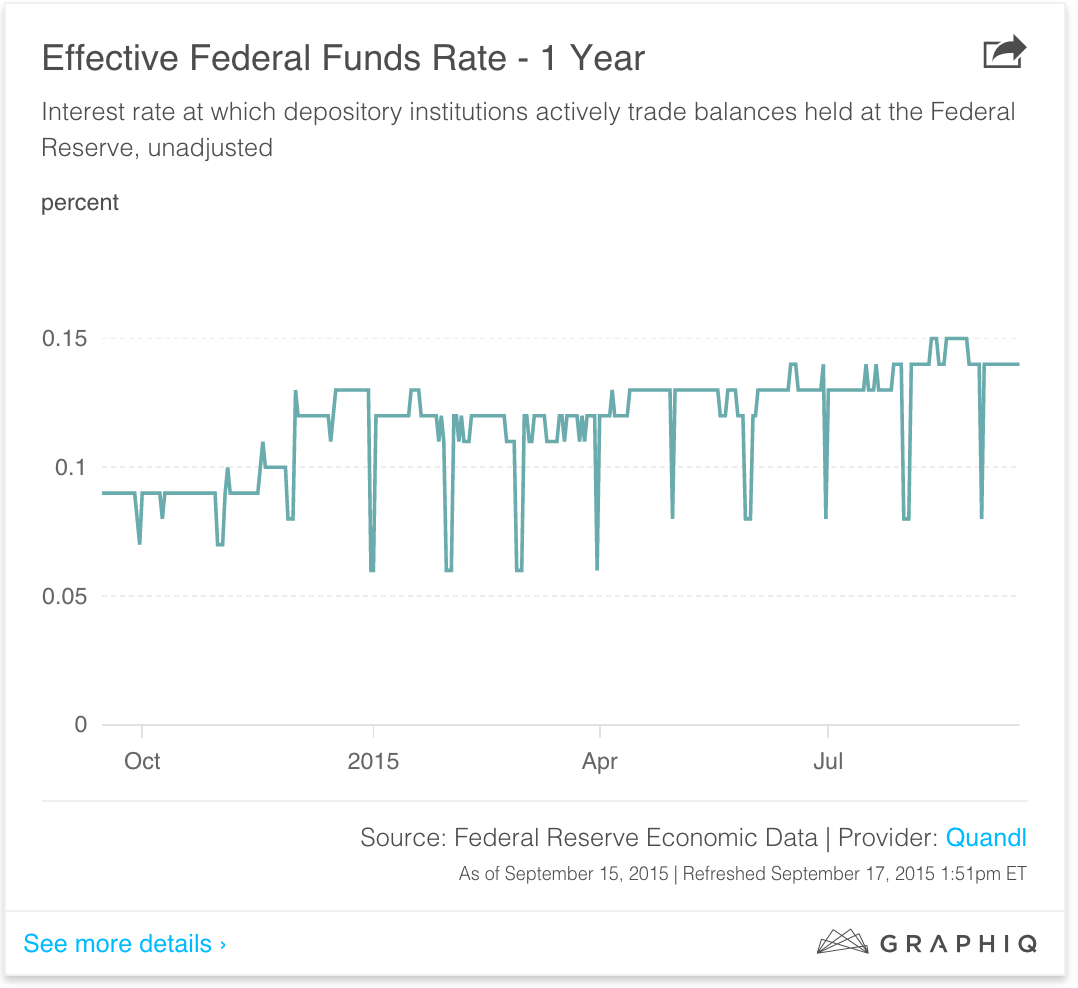
The Fed, which calculates inflation differently than the CPI, estimated that inflation was at 6.3% as of April. In short, this helps balance the supply and demand scales, one cause of inflation that was thrown out of whack by the pandemic. In turn, consumers, investors and businesses pause on making investments, which leads to reduced economic demand and theoretically reels in prices. Raising interest rates helps slow down the economy by making borrowing more expensive. By raising this rate, the Fed effectively drives up interest rates in the US economy. The federal funds rate is the interest rate that banks charge each other for borrowing and lending, usually on an overnight basis. When the Fed first raised rates, in March, it projected there could be as many as six rate hikes throughout the year. To counteract inflation's rampant growth, the Fed raised the federal funds rate by a quarter of a percentage point in March, followed by a half of a percentage point increase in May, the highest increase in 22 years. One of the Fed's primary objectives is to promote price stability and maintain inflation at a rate of 2%. With inflation hitting record highs, the Federal Reserve, the government body in charge of keeping inflation in check, has been under a great deal of pressure from policymakers and consumers to get the situation under control. What is the Federal reserve doing about inflation? This combination of supply chain kinks and an increase in demand induced inflation, which has persisted since the 2021 reopening of the economy.Īll this has had the effect of increasing consumer prices, something made worse by subsequent COVID variants, lockdowns in China, and Russia's invasion of Ukraine, according to the World Bank. We haven't had a healthy supply chain overwhelmingly because of COVID." And then, of course, that's the sector that needs a healthy supply chain in order to deliver goods without inflationary pressures. "On the demand side, it channeled tons of spending into the narrow channel of durable goods. "The pandemic put distortions on both the demand and supply side of the US economy," Bivens said. This caused the flow of goods shipped into the US to cease for at least two weeks, and in many cases, for months, according to Pete Earle, an economist at the American Institute for Economic Research.īut the reduction in supply was met with increased demand as Americans started purchasing durable goods to replace the services they used prior to the pandemic, said Josh Bivens, director of research at the Economic Policy Institute. Millions of employees were laid off, many businesses had to close their doors and the global supply chain was abruptly put on pause. In March 2020, the onset of COVID-19 caused the US economy to shut down. However, unanticipated shocks to the US economy have made things worse. How did inflation get so bad?Įssentially, we're here because of the pandemic.

#If the fed wants to raise the federal funds rate it will driver
Russia's war on Ukraine, which threatens political and economic stability worldwide, is a key driver of skyrocketing gas prices. Though the immediate impacts of COVID-19 on the US economy are easing, supply and demand imbalances persist and are one of the main contributors to higher prices. That messes with healthy consumer spending and, in extreme cases, can derail price stability. Inflation can become a problem when it rises over 2% (as measured by the Fed) and when it rises rapidly. Moderate and steady inflation is actually important for a healthy economy: It promotes spending, since rising prices encourage consumers to buy now, rather than later, keeping demand up. Inflation itself isn't inherently a good or bad thing. In fact, more Americans are living paycheck to paycheck, and wages aren't keeping up with inflation rates. During periods of high inflation, your dollar has less purchasing power, making everything you buy more expensive even though you're likely not getting paid more.


 0 kommentar(er)
0 kommentar(er)
